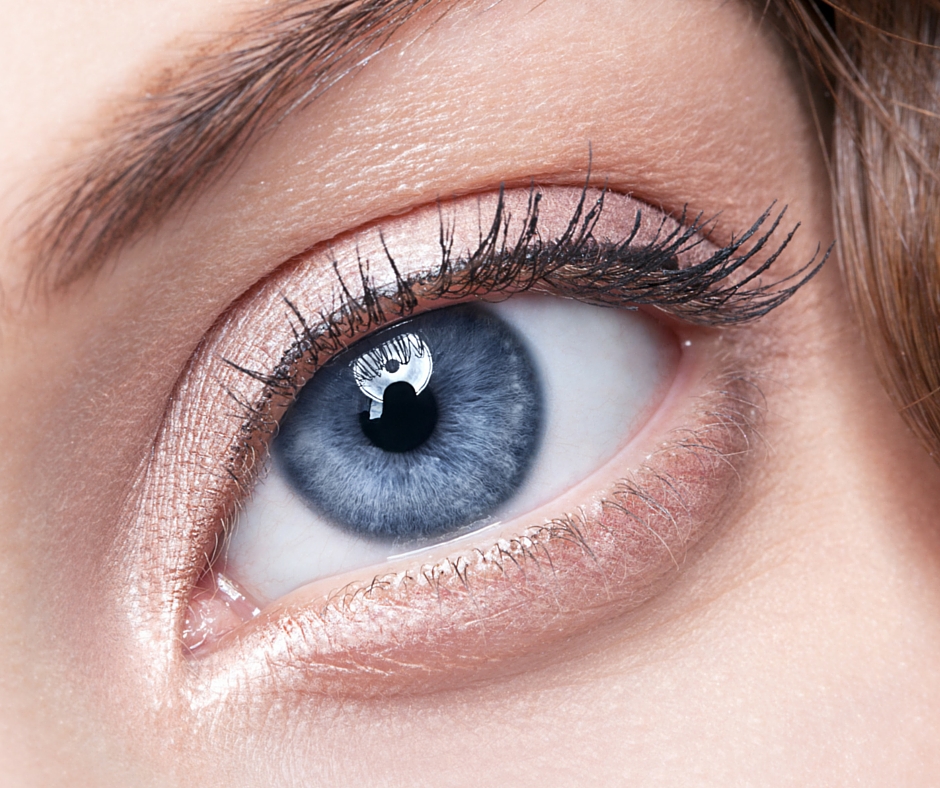Posted by: Atlantic Eye Institute in Education

When poets compare beautiful eyes to the sea or sky they’re probably not aware of how accurate they are being. Eye color is dependent not only on genetics, but also on the structure of the iris and how light is scattered within it.
The iris is composed of two layers: the epithelium and the stroma. The epithelium is a very thin layer composed of a 2 cell thick layer which contains black-brown pigments. The dark spots which show on some people’s eyes are actually the epithelium. The stroma is made up of colorless collagen fibers. However, the stroma can have a dark pigment called melanin and sometimes contains excess collagen. It is the concentration of melanin and collagen that determine the color of the eye.
Blue eyes are the most interesting color in eyes as the color is determined completely by the iris structure. Neither blue nor green pigments are present in the human iris. People with blue eyes have a completely colorless stroma, no pigment at all, and it contains no great amount of collagen. Therefore, the light that enters the iris, as a result of the Tyndall effect, creates a blue hue. This means that blue eyes do not actually have a set color. The blue comes from the amount of light available when we look at them.
Brown eyes contain a high concentration of melanin in the stroma. The melanin absorbs most of the light entering the eye regardless of the collagen deposits, giving the eye a dark color. On the other hand, green eyes have a trace of melanin and no collagen. When the light reflects from the iris with a small amount of melanin it turns green.
Most babies who have Caucasian ancestry have light colored eyes before the age of one. As the baby grows melanocytes (cells found in the iris) start producing melanin. The amount or lack of melanin will determine any color changes in the future.



